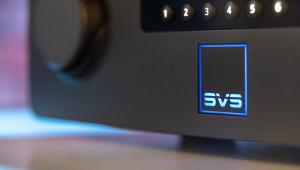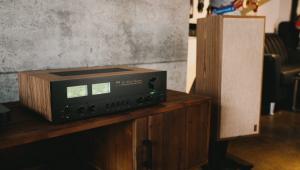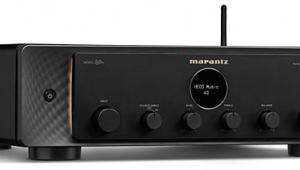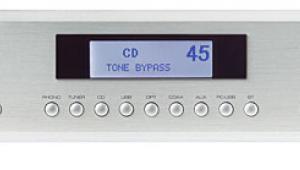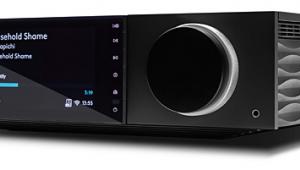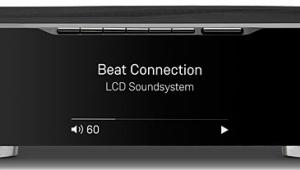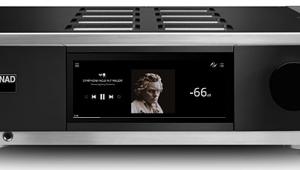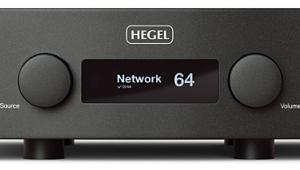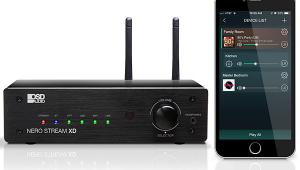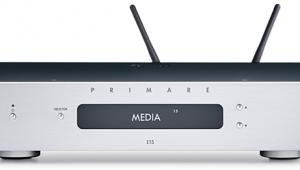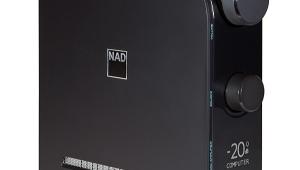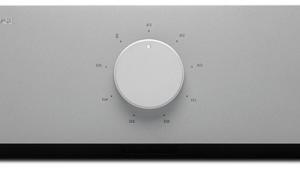OSD Audio Nero Studio5 Bookshelf Speakers and Stream-XD Integrated Amplifier Review Page 2

Performance
I started out my living room listening with a pair of reference CDs: Ray LaMontagne's Til the Sun Turns Black and Mazzy Star's Among My Swan. Listening to the LaMontagne track "Barfly," the sound had good detail and the Studio5 pair projected a wide soundstage that gave a believable impression of a full band. Listening to the same track played on my everyday 150 watts per channel integrated amp and tower speakers, the ride cymbal was a bit bright at higher volumes and overtones sounded constricted in comparison on the OSD Audio system. But then again, my reference stereo rig costs around $6,000, whereas this OSD Audio kit is $400.
Heard on the OSD system, the Mazzy Star track "Flowers of December" displayed a clear midrange and good overall sonic balance. I got a decent impression of the song's electric bass on first go, though the sound filled out considerably when I later added a subwoofer to the mix to firm up the low end. The Studio5 pair planted singer Hope Sandoval firmly in the center of the soundstage, and there was a good sense of warmth and body to her voice. As with the LaMontagne track, I did hear some treble edginess at higher volumes—specifically on the song's harmonica solo.
 Sticking with female vocalists, I next streamed St. Vincent's track "Slow Disco" from Tidal. There was good clarity to the presentation of this stripped-down song, with the piano floating softly in the background and vocals positioned crisply up front. Moving on to something more sonically complex, I streamed another Indie band track, "Apologies," by England's Proper Ornaments. The production on this song strives for a sense of vintage "warmth," and the OSD Audio system did a respectable job conveying that. The Studio5's low-end reach was sufficient to maintain the song's drive and groove, and it was well- balanced with the rest of the frequency range. Once again, adding a subwoofer to the mix went far to fill out the sound and resulted in a considerably more dynamic presentation.
Sticking with female vocalists, I next streamed St. Vincent's track "Slow Disco" from Tidal. There was good clarity to the presentation of this stripped-down song, with the piano floating softly in the background and vocals positioned crisply up front. Moving on to something more sonically complex, I streamed another Indie band track, "Apologies," by England's Proper Ornaments. The production on this song strives for a sense of vintage "warmth," and the OSD Audio system did a respectable job conveying that. The Studio5's low-end reach was sufficient to maintain the song's drive and groove, and it was well- balanced with the rest of the frequency range. Once again, adding a subwoofer to the mix went far to fill out the sound and resulted in a considerably more dynamic presentation.
Ergonomics
While I found that the Stream-XD was easy to use and performed reliably, there were a few quirks that I encountered during my time with it. First, volume adjustment using either the remote control or front panel volume knob was in fairly coarse steps—around 2dB. Since volume level is something that I'm sensitive to when listening to music, I prefer 1dB or, even better, 0.5db adjustments.
OSD Audio's specs for the amp say that both power-on and input selection are auto-sensing, but during my evaluation I found that auto power-on only worked reliably when the active source was streaming using the company's app or from another AirPlay-compatible app on my phone. Input selection, meanwhile, needed to be done manually with the remote control in some cases.

Lastly, having reviewed a few similar compact integrated amps in the past, I found the Stream-XD's lack of a USB-DAC input a bit curious. For me it made the amp a no-go for use on a desktop. It also made it difficult to route high-res audio to the amp's 24/192- capable built-in DAC. To make that happen, I had to load files onto a USB thumb drive (awkward!), though another option would have been to connect my Chromecast Audio (a now-discontinued device) to the optical input, and then use Google's streamer as a Roon endpoint.
Conclusion
OSD Audio's Nero Studio5 bookshelf speakers and Stream-XD integrated amplifier combination offers an afford- able alternative to high-end all-in-one wireless speakers, which generally sell for around this system's $400 price. And with two separate speakers, you get something that all-in-one wireless speakers generally aren't able to deliver: a proper stereo soundstage. Of course, you could also buy a set of Sonos One wireless speakers for the same $400 and pair them for stereo playback, but then you wouldn't get the digital and analog input connection options that the Stream-XD integrated amp provides.
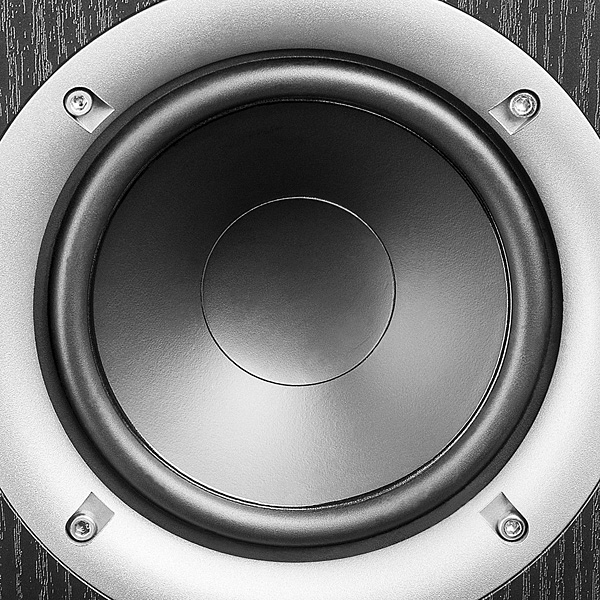
The Studio5 is a revealing speaker, with sound that could be bright at times depending on the music I played. And that quality was emphasized when I pushed the volume level up on the Stream-XD amp which, at 30wpc, is no powerhouse. But when used within its capabilities, OSD Audio's compact system mostly offers robust, pleasing sound, and would make a good option as secondary system, or in a bedroom A/V setup connected to a TV as a soundbar alternative. Considering everything you get here for $400—Tidal and Spotify streaming, multiple analog and digital inputs, pain-free and flexible setup, and actual stereo imaging—this compact, component-based OSD Audio system is quite the deal.

